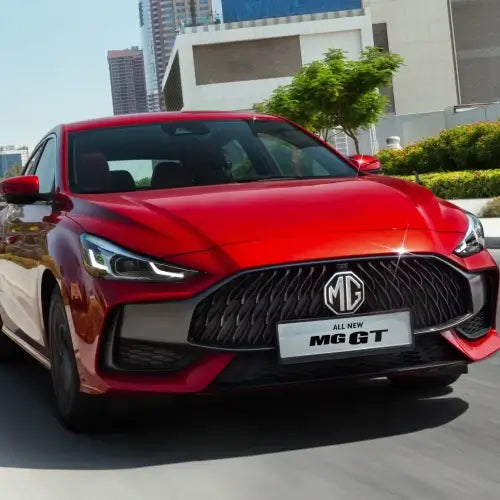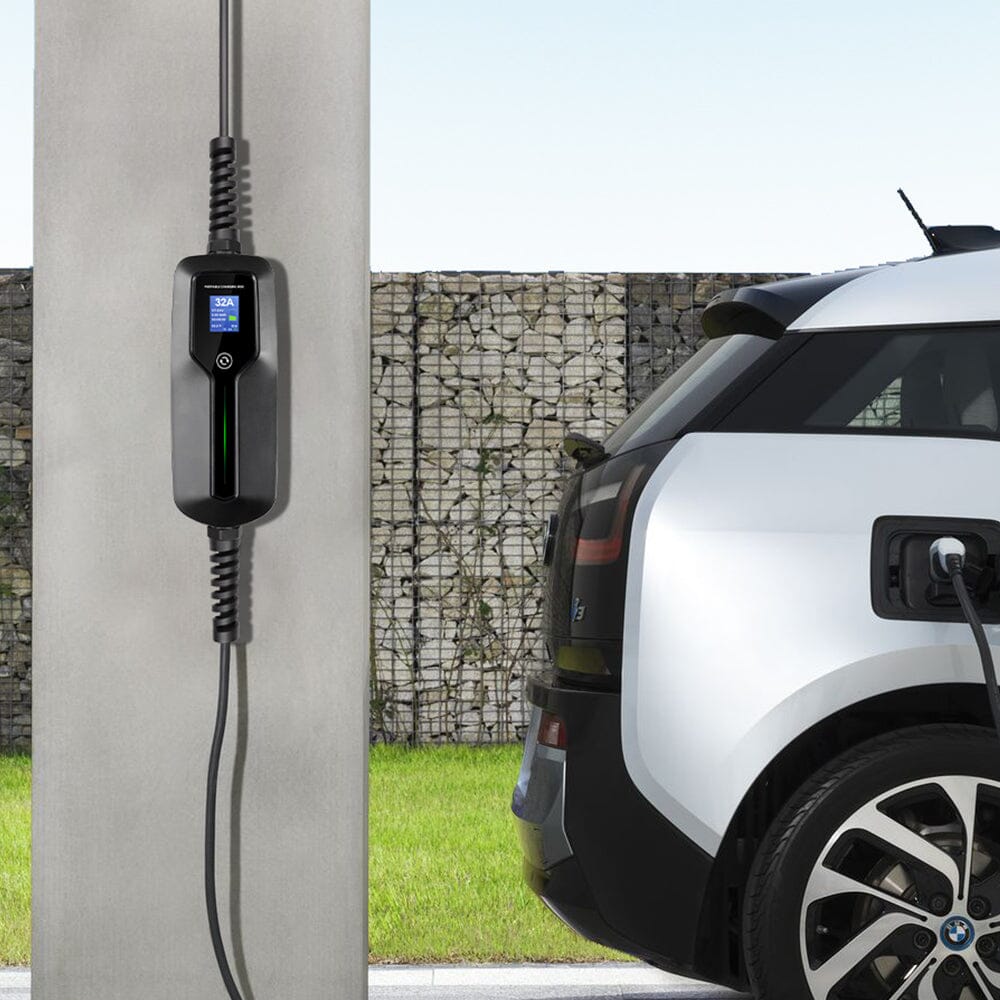Introduction
The automotive industry is undergoing a significant shift towards electric vehicles (EVs) as governments around the world implement policies to reduce emissions and combat climate change. The transition to EVs is expected to accelerate in the coming years, with sales projected to increase significantly in the next few decades. This article will explore the current state of the EV market, as well as the growth trends and challenges facing the industry in the next few decades.

Current State of the EV Market
The EV market has been growing steadily in recent years. According to the International Energy Agency (IEA), the number of EVs on the road reached 10 million in 2020, up from just 17,000 in 2010. This growth can be attributed to several factors, including government policies, advancements in battery technology, and decreasing costs.
Government policies have played a significant role in the growth of the EV market. Many countries have implemented regulations on emissions, which has led to an increase in demand for EVs. For example, in Europe, the European Union (EU) has set a target of reducing emissions by 55% by 2030, compared to 1990 levels. To achieve this target, the EU has implemented regulations that encourage the use of EVs, including stricter emissions standards and incentives for consumers to purchase EVs.
Advancements in battery technology have also contributed to the growth of the EV market. Over the past decade, the cost of batteries has decreased significantly, while their energy density has increased. This has led to an increase in the range of EVs, making them a more viable option for consumers. In addition, improvements in charging infrastructure have made it easier for consumers to charge their EVs, reducing range anxiety.
Finally, the decreasing cost of EVs has made them more accessible to a wider range of consumers. The upfront cost of EVs is still higher than that of traditional vehicles, but the total cost of ownership is lower due to lower fuel and maintenance costs. In addition, governments around the world are offering incentives and subsidies to encourage consumers to purchase EVs.
Growth Trends in the EV Market
The growth of the EV market is expected to accelerate in the coming years. According to a report by Bloomberg New Energy Finance, EV sales are projected to reach 30% of all vehicle sales by 2040, up from just 3% in 2020. This growth is expected to be driven by several factors, including government policies, improvements in battery technology, and decreasing costs.
Government policies will continue to play a significant role in the growth of the EV market. Many countries have set targets for the phase-out of internal combustion engine (ICE) vehicles, which will drive demand for EVs. For example, the UK has set a target of phasing out new ICE vehicles by 2030, while California has set a similar target for 2035.
Improvements in battery technology will also contribute to the growth of the EV market. Battery costs are expected to continue to decrease in the coming years, while their energy density will increase. This will lead to an increase in the range of EVs, making them a more viable option for consumers. In addition, improvements in charging infrastructure will make it easier for consumers to charge their EVs, reducing range anxiety.
Finally, decreasing costs will make EVs more accessible to a wider range of consumers. The cost of batteries is expected to decrease by 58% by 2030, according to Bloomberg New Energy Finance, which will make EVs more affordable. In addition, the total cost of ownership of EVs is expected to continue to decrease as battery costs decrease and fuel and maintenance costs remain lower than those of traditional vehicles.Regional Trends in the EV Market
The growth of the EV market is not limited to any specific region of the world. In fact, China is currently the largest market for EVs, followed by Europe and the United States. However, other regions such as India and Southeast Asia are also expected to see significant growth in the EV market in the coming years.
China is currently the largest market for EVs, with sales of over 1.3 million EVs in 2020, according to the China Association of Automobile Manufacturers. This growth can be attributed to government policies that encourage the use of EVs, including subsidies for consumers and requirements for automakers to produce a certain percentage of EVs.
Europe is also seeing significant growth in the EV market. In 2020, EV sales in Europe increased by 137% compared to the previous year, according to the European Alternative Fuels Observatory. This growth can be attributed to government policies that encourage the use of EVs, including stricter emissions standards and incentives for consumers to purchase EVs.
The United States is also seeing growth in the EV market, although it lags behind China and Europe. In 2020, EV sales in the United States increased by 4% compared to the previous year, according to the IEA. This growth can be attributed to government policies that encourage the use of EVs, including tax credits for consumers and regulations on emissions.
Challenges Facing the EV Market
While the growth of the EV market is expected to continue in the coming years, there are still several challenges facing the industry. These include the lack of charging infrastructure, the higher upfront cost of EVs compared to traditional vehicles, and the limited range of some EVs.
The lack of charging infrastructure is a significant challenge facing the EV market. While the number of charging stations has been increasing in recent years, there are still not enough to meet the growing demand for EVs. In addition, the location of charging stations can be a barrier, particularly in areas with limited access to charging stations.
The higher upfront cost of EVs compared to traditional vehicles is also a barrier to adoption. While the total cost of ownership of EVs is lower than that of traditional vehicles, the higher upfront cost can be a deterrent for some consumers.
Finally, the limited range of some EVs is a challenge for consumers who need to travel long distances. While the range of EVs has been increasing in recent years, some EVs still have a limited range, which can be a barrier for consumers.
Conclusion
The EV market is expected to continue to grow in the coming years, driven by government policies, improvements in battery technology, and decreasing costs. While there are still challenges facing the industry, such as the lack of charging infrastructure and the higher upfront cost of EVs, the overall trend is positive. As more consumers become aware of the benefits of EVs, and governments continue to implement policies that support the transition to a cleaner transportation system, the sales of EVs are expected to continue to grow in the coming decades. This growth will not only benefit the environment but also create new opportunities for businesses and drive innovation in the automotive industry.



